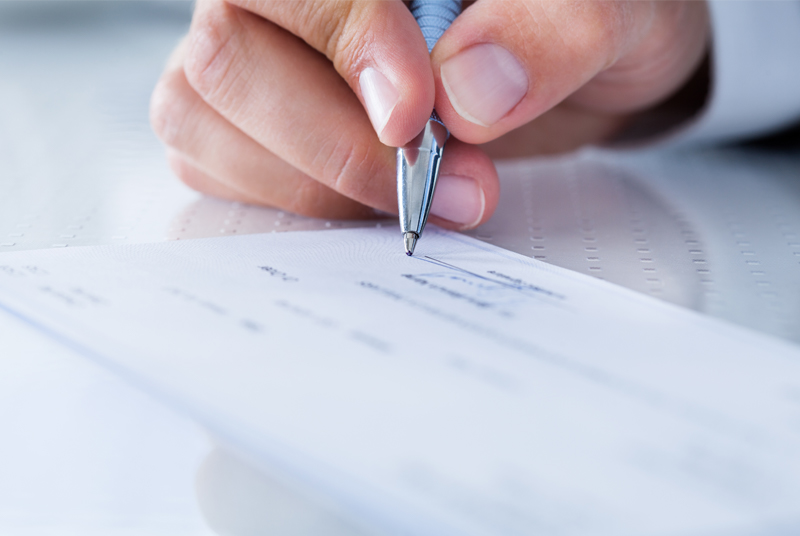Security
How To Identify Check Fraud
Fraudelent checks come in many forms – your account information could be used to create a counterfeit check or you could be the recipient of one. Understanding how checks are processed and how to keep your account information secure can help safeguard you from this type of activity.
CHECK FRAUD CAN COME IN A VARIETY OF FORMS
Counterfeit Checks: Checks that are created to appear authentic but are not.
Altered Checks: When key check information such as payee, amount, or date is changed to defraud someone.
Forgery: Signing a check as if you are the authorized individual.
COMMON TYPES OF CHECK FRAUD
Lottery Scam: A lottery scam involves a mailed check along with a letter notifying the recipient that they have won a prize in a local lottery. The letter instructs the recipient to deposit the check but states that due to processing fees, a portion of the funds must be sent back to the sender. This type of scam is often associated with counterfeit checks.
Mail Fraud: Mail fraud involves groups of individuals targeting unsecured mailboxes to intercept sensitive banking information and checks. If they obtain bank information, they can create counterfeit checks. If they intercept checks, they can alter the checks by changing the amount and the payee.
CHECK PROCESSING TIME FRAMES
When a check is deposited, the funds are typically available days before the check is fully processed or verified as valid or fraudulent. Therefore, if a check is deposited and a portion of the funds is sent back to the sender, the check may later be identified as fraudulent. This makes the depositor responsible for any funds that have already been used from the fraudulent check.
TIPS TO PROTECT YOUR ACCOUNTS
- Be mindful of common scams
- Monitor account activity routinely using:
- Online Banking
- Mobile App
- Paper Statements
- Account Alerts
- Keep your bank account information secure and provide it only to trusted parties
- Store checkbooks in a secure location
- Only accept payment by check for the exact amount requested – do not accept overpayments
- Use a secure mailbox, P.O. Box or in office delivery
- For businesses, consider using Positive Pay to help monitor your account activity







